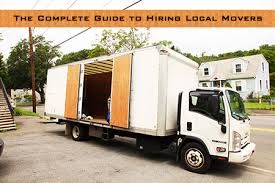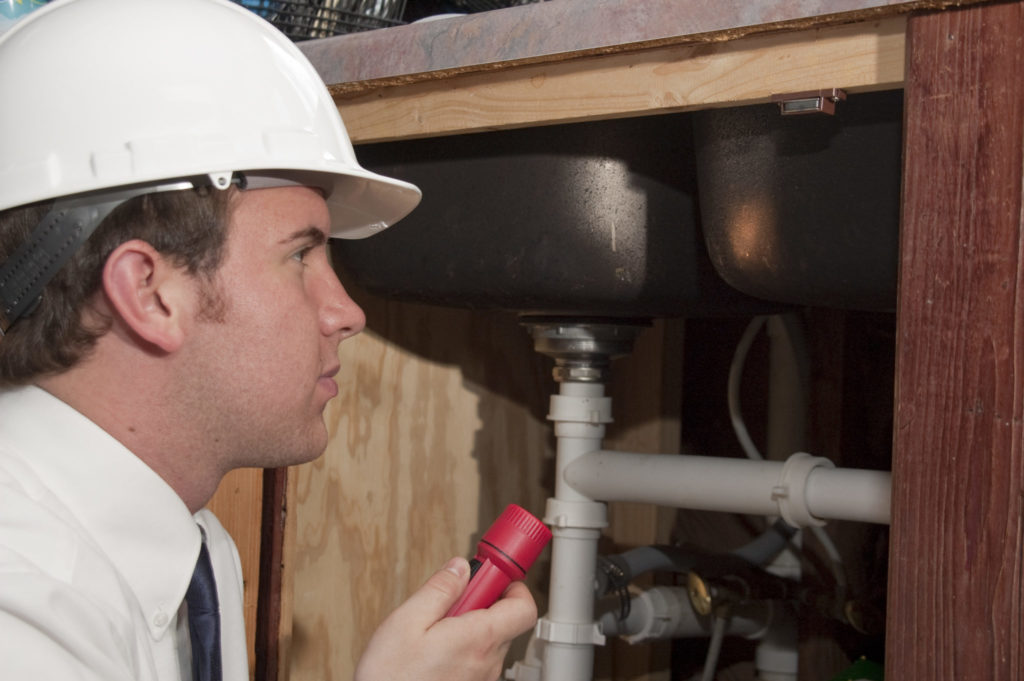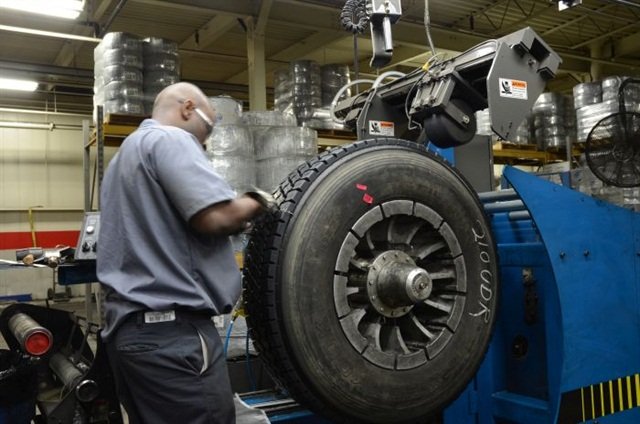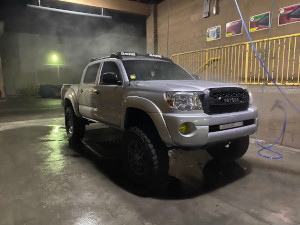What is Laminate Flooring?
Laminate flooring is several layers of wood, wood composite, and resin that are heat fused to create a strong plank. A photographic print of wood or stone is placed on top. Clear laminate sealant is applied over the photographic print to provide shine and durability.
Laminate flooring is available in various sized planks and square tiles. These pieces can be cut to fit in irregularly shaped areas. Laminate flooring “floats” over the sub-floor on a layer of foam or plastic. This means that laminate is not nailed or glued to the subfloor. Some will argue that this adds to installation ease, but it may be the very reason why there is so much room for error.
Why you should trust laminate flooring
Although laminate flooring has its issues, it is still an incredible flooring product that you should seriously consider for your next reno.
Laminate is a strong competitor to hardwood flooring. In many cases, laminate flooring is actually more durable than hardwood. High-quality laminate withstands drops and scratches better. Yet, both laminate and hardwood flooring suffer from water damage issues.
You should choose laminate flooring because it’s affordable, attractive, durable, and sustainable—granted this is quality and manufacturer dependent.

How to Avoid Laminate Flooring Mistakes: Materials Matter!
A floor is the base of your house. It’s not wise to cut corners on your flooring because it is fundamental to your home, and it must withstand a great deal of traffic.
Cheap Products
People love laminate flooring because it is “affordable”. But don’t be fooled. There is a huge difference between cheap and affordable products! Cheap products have an indefinitely shorter life span than high-quality products. This means that you will have to buy and hire someone to install cheap products time and time again.
Laminate flooring is considered affordable because it can be very durable and attractive for a competitive price, in comparison to hardwood flooring or stone alternatives.
If you’re working with a contractor for your flooring installation, then ask them for their opinion on quality laminate brands. If you’re installing your own floor, then try giving a trusted contractor a call, or visit a flooring retailer and ask them about the best products to buy. You’ll receive a wide range of suggestions, many of which will be moderately priced. There’s no need to buy the most expensive product on the market. However, you will get what you pay for.
Durability
Laminate flooring is rated by an AC (abrasion class) rating to express product durability. Do not buy a laminate product that has a lower rating than AC3 (although a salesperson may recommend it, the flooring will just wear out quicker). For example, if your product scratches easily, then water will seep in, and you will need to replace it. Durable products don’t scratch easily like this.
Nevertheless, laminate has an inherent weakness to water. It can warp easily if it soaks in water. However, the quality of the product does determine how well it stands up to water damage.
Anyone purchasing laminate should opt for 12mm thick planks at the very least. This will be a more expensive product, but it will be more durable and it will muffle sound much better than thinner planks. Homeowners should focus on purchasing high-density fiberboard (HDF) core laminate flooring too.
Quality
High-quality products are reflected in their durability and appearance. High-quality products will have a higher number of different photo prints. This avoids pattern repetition upon installation, which makes the flooring look natural. A good contractor or installer will be able to assemble the flooring pattern well.
Toxic Products
Some types of laminate flooring contain melamine resin or other adhesives that contain formaldehyde. Once installed, these products release toxic fumes into your home, which are a health hazard. The fumes do reduce over time. Usually, lower-end laminate products contain these chemicals. Always ask the company or sales rep about these product details before you make a purchase.
Earth-friendly products tend to be safer, but this is not a definite safety indicator. Most European-made products are safer than their Asian competitors because of stricter manufacturing regulations.

Considerations For Installing Laminate Flooring Over Hardwood
Laminate flooring can be installed directly over hardwood, often with no preparation necessary. If your laminate has a built-in underlayer, you may install it right on top of the hardwood. If the new flooring does not have the built-in underlayer, simply roll out and tape your underlayment to the wood floor and begin installing the laminate.
If your hardwood floor is in very rough shape, you will need to do some preparatory work before installing the laminate. Any protruding nails or fasteners must be pulled (or sunk securely into the wood), and any floorboards that are bowed or angled up must be sanded down. If the hardwood floor is wavy, you will need to do some work to level it out before installing your laminate floor.
Installing a laminate floor over hardwood is a great option in many cases. For one thing, if you ever want to revert back to the original hardwood, you can simply pull out the laminate and the old floor has suffered no damage. Additionally, laminate flooring can mimic the look and style of the original flooring, without all the work of restoring the old hardwood. Finally, depending on the laminate you choose and the condition of your current floor, installing a laminate floor can be cheaper than restoring your old hardwood floor.
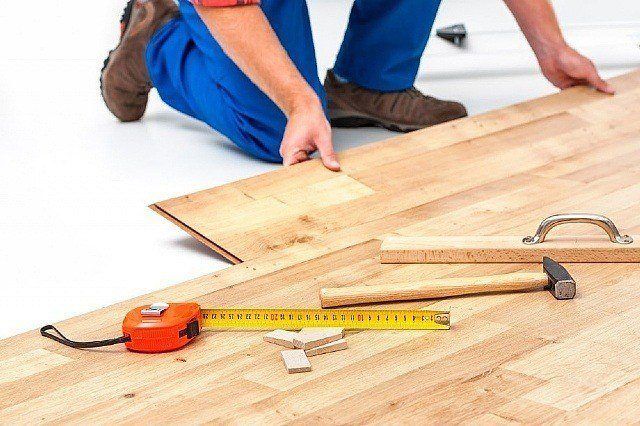
Can Laminate Flooring Be Recovered Once Swollen?
Laminate flooring is a great option for many homes, but one of its disadvantages is that it isn’t water-resistant. Small spills that are quickly cleaned up won’t harm your laminate flooring, but other factors such as appliance condensation leaks, constant high humidity, damp sub-floor, or large spills or water leaks that seep in the crack between the laminate planks can damage your flooring.
Once water gets into the cracks, it will swell the joints and cause the floor to swell, buckle and bubble. This can be unattractive, as well as unsafe, as it can cause tripping hazards. Once your laminate floor sustains water damage, is there any way to fix it?
The best way is to completely replace the damaged boards. There is no need to replace the entire floor unless the damage came from an issue with the sub-floor. If your sub-floor has a moisture issue, the best course of action is to take up the entire floor and install a more water-resistant option.
If your sub-floor isn’t the issue, and you only have damage in a small spot, use a hammer and pry bar to carefully remove the water-damaged planks. Make sure you’ve removed all the pieces with damage. If there are any damaged ones left, the could cause future problems. Be sure to air out the damaged area thoroughly to ensure that the area is completely dry before you install the new planks.
Many homeowners will order extra laminate flooring when they have their floor installed just for these types of situations. It can be difficult to find laminate flooring that matches your current laminate’s patter, texture, and finish. If you have extra planks from your original flooring installation, it’s easy to cut them to size and click them right into place.
How to Remove Scratches & Scrapes on Laminate Flooring
Laminate flooring is a multiple-layer, synthetic product held together through lamination. The top layer is a tough plastic meant to stand up to daily wear and tear. While laminate flooring is fairly durable and meant to last for years, it can scratch and scrape fairly easily. Because the surface cannot be sanded, these scratches have to be repaired with wax or putty.
Matching the Color
The key to a successful repair of a scratch or scrape on laminate flooring is matching the color of the floor. Whenever possible, contact the manufacturer of the flooring to get your repair kit directly from them. Nearly all laminate manufacturers sell repair kits that consist of wax pencils, colored putty and a putty knife to help repair minor damage. If you don’t know the manufacturer of the flooring, try taking a sample with you to the store to get a repair kit that matches in color. If this isn’t possible, your best option may be to get a repair kit that allows you to mix up a custom color of putty at home.
Filling Minor Scratches
Filling a few minor scratches on a laminate floor can be done with a wax pencil that matches the color of the floor. The scratch is filled in with the wax, blending it into the rest of the laminate’s surface. Rub the tip of the wax pencil back and forth across the scratch in the opposite direction that the scratch is moving. Use short strokes to fill in the scratch from one end to the next. Once the scratch has been filled with wax, use a soft cloth to gently buff the edges of the repair until it blends in with the rest of the floor.
Fixing Minor Scrapes
If you have a wide scrape or a deeper scratch, a wax pencil won’t be enough to fill and repair the floor. In this case, floor repair putty is used. Use either a putty knife or a wooden craft stick to spread the putty across the scrape or scratch. Hold the knife at a 45-degree angle to the floor and press the putty across the scrape from multiple angles to ensure it gets filled completely. Turn the knife on its edge and scrape it across both the surrounding floor and the repair to level off the putty and ensure a flat, even repair. The putty will harden within a day to become a permanent repair.
Repairing Major Scrapes
If you have a laminate floor board that is extremely scratched or that has very deep scrapes that go right through the top layer, wax or putty will not be enough to fill them. In this case, the board should be removed and replace. Remove the baseboard at the nearest wall and pull up the boards until you reach the damaged one. Replace it with a new board and put the other boards back in place to the wall. Remember to leave a gap at the wall for expansion and replace the baseboard back over it to finish the repair.



